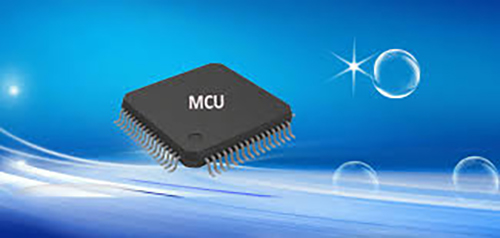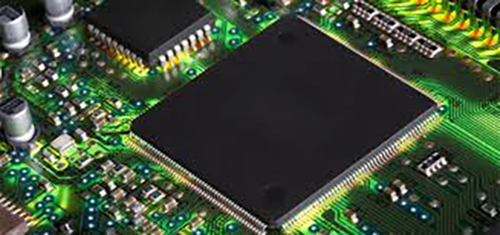Building smart security systems: Innovative applications of MCUs
2024/5/7 10:22:15
Views:

There is no denying the rise in popularity of smart gadgets and the Internet of Things, which has led to security concerns. As the core component of these devices, MCU must have strong security performance to protect user data and device functions. The creation of a secure MCU application system will be examined in this paper.
1 Overview

In the Internet of Things and smart devices, MCUs are responsible for handling various tasks, such as sensor data collection, executing control instructions, communicating with external devices, etc. However, with the development of technology, attackers can use various means to attack MCUs, such as physical attacks, reverse engineering, firmware updates, etc. Therefore, it is crucial to design a safe MCU application system.
When designing MCU application systems, the following security design principles should be followed:
Principle of least privilege: assign the minimum privileges to reduce potential security risks.
Isolation principle: Isolate different tasks and functions in different memory areas to prevent vulnerabilities in one task from affecting other tasks.
Secure Boot Principle: Ensure that the MCU only runs verified firmware at boot time.
Secure Communications Principles: Use encryption and authentication technologies to protect communications.
Secure update principle: Provide a secure firmware update mechanism.
3. MCU security design methods
To implement these principles, the following approaches can be used:
Hardware Security Module (HSM): Provides encryption and decryption hardware devices to protect sensitive data.
Secure boot technology: digital signature, hash value verification, etc. to prevent malicious firmware from loading.
Secure communication technology: encryption and authentication technology to prevent data leakage and tampering.
Secure update mechanism: remote upgrade, local upgrade, etc. to ensure the integrity and security of the firmware.
4. MCU security design examples
Examples of MCU-based safety application system design include:
Hardware design: Using ARM Cortex-M series MCU, equipped with HSM module, sensor module, communication module, etc.
Software design: bootloaders, applications, security updates, etc.
Security policy: principle of least privilege, isolation principle, secure boot principle, secure communication principle and secure update principle.
5 Conclusion

Related Information
-
-
Phone
+86 135 3401 3447 -
Whatsapp





